This post may contain affiliate links. Click here to read my full disclosure.
Seasonal Affective Disorder (SAD) is a condition occurring in the winter months. People with SAD struggle with depression and sadness due to lack of sunshine.
I first heard about SAD from a therapist I was seeing a couple of years ago when I explained that my home doesn’t have any East/West facing windows and that I need and crave natural sunlight in my home and that it makes me feel better.
He told me about light therapy as an option to treat SAD, and I quickly dismissed it and didn’t think much of it again…until recently. First, I’ll share a bit about what seasonal affective disorder is exactly and how I’m experimenting with a light therapy lamp to treat my seasonal depression.
What is Seasonal Affective Disorder?
SAD, also known as seasonal depression, or the “winter blues”, starts in the fall and continues through the winter until the first signs of spring appear. Your energy is zapped and you feel sadder than usual. The specific cause of seasonal affective disorder is unknown but some speculations include:
- Lack of Vitamin D and Sunshine-Like clockwork, when daylight savings time hits in the fall, if you suffer from SAD, you notice an almost instant switch in mood and behavior. You’re sluggish and this can be due to the shorter days and lack of sunshine. The decrease in sunlight can cause depression due to the disruption of your internal clock.
- Lower Serotonin Levels-Serotonin is a neurotransmitter that affects mood. It’s believed that serotonin levels drop in reduced sunlight, causing depression and sadness.
- Wacky Melatonin Levels-Melatonin affects your sleep patterns. A sleepy mama is a cranky mama. Due to the biological clock disruption, your melatonin could be out of whack causing seasonal affective disorder.
Is SAD a Trigger for Overspending?
The fact that Christmas and Hanukkah take place during peak “winter blues” time is a sick joke, am I right? We’re expected to “be good” and stay within our allotted budget for Christmas gifts. Then the depression takes over, causing us to bust the budget and overspend.
You know how they say not to go grocery shopping when you’re hungry because you’ll buy up the whole store? We all have emotional triggers and hunger triggers that can cause us to spend too much money on things we might not otherwise buy if we were in the right frame of mind.
Related posts to spending and saving when you have seasonal affective disorder:
- How to Stop Overspending {Actionable Tips to Take Control of your Money}
- 6 Signs You Have a Compulsive Spending Problem
- Gazelle Intensity: The Unhealthy Path to Financial Freedom
- 6 Cases in Which Distancing Yourself From Toxic People is the Answer
- When You Don’t Feel Like Doing Anything
- Emotional Triggers are Real: 18 Years Since My Failed Suicide Attempt
Light Therapy for Seasonal Affective Disorder
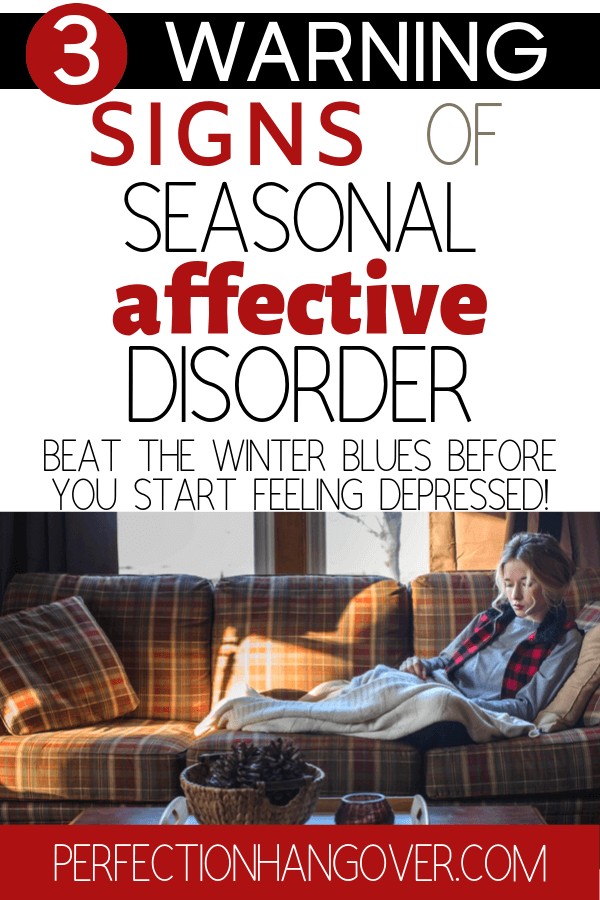
My therapist mentioned light therapy, and as I said before, I dismissed it and completely forgot about it. A few weeks ago, I was talking to my mother in law about the upcoming cruise she’s going on, and I instantly noticed a trigger.
I felt overwhelmingly compelled to be at the beach. See, I’m a beach girl stuck in the midwest for the time being, and eventually, we’ll go back to Florida. But for now, we make sure to take a vacation at a beachy locale at least once every year to scratch the itch.
So while speaking to my mother in law, I started googling beach vacations. The problem with this is that we’re still on a journey to pay off debt. That doesn’t mean we will forgo our family vacation this summer, but we’ll stay at an affordable Airbnb like this beachfront house we stayed in last June for $150 per night. So much more affordable than the resorts and high rises! And more private, too!
Spending Triggers
When I realized what I was doing, I stopped in my tracks and called my husband. I told him that I believed that my cravings for sunshine are definitely triggered in the winter, and I realized something else. Every trip, vacation, and big purchase I’ve made the past few years has been during the winter…when it’s dark and gloomy and I’m bored out of my mind, going stir-crazy in the house.
So instead of researching lavish Sandals all-inclusive vacations (which I could do for days), I started reading up on SAD and light therapy, and after much research, I ordered this affordable seasonal affective disorder light from Amazon.
It has 10,000 LUX with 3 adjustable brightness settings and was priced more affordable than any other light therapy lamp available. It also featured the most 5 star reviews, so I figured if it didn’t work, my teenager could use it for makeup lighting.
I’m three days into my experiment, and so far, my days have been more productive. Obviously, three days isn’t long enough for something to be life-changing, but I’m an optimist! I’ll update this post after I’ve consistently used the light therapy for the month of January.
The Best Light Therapy for Seasonal Depression
Here’s an update on my light therapy lamp. I found that the first lamp I tried (above) was shorting out and would turn off sporadically.
I decided to reach out to one of the best light therapy companies with a solid reputation and ask if I could review their lamp.
I no longer recommend the above lamp. This is the one they sent me, and it was much brighter, didn’t short out, and I found that I had so much more energy and was more productive after using the Verilux lamp.
It’s now October, and I’m getting a head start on my light therapy before the winter blues kick in. Here is a review of the Verilux Happy Light vs the Taotronics light therapy lamp.
Now that you have heard of seasonal affective disorder, do you notice changes in your mood and behavior in the fall and winter months? What triggers you? If you found yourself feeling much like I have, light therapy might be a solution for you!
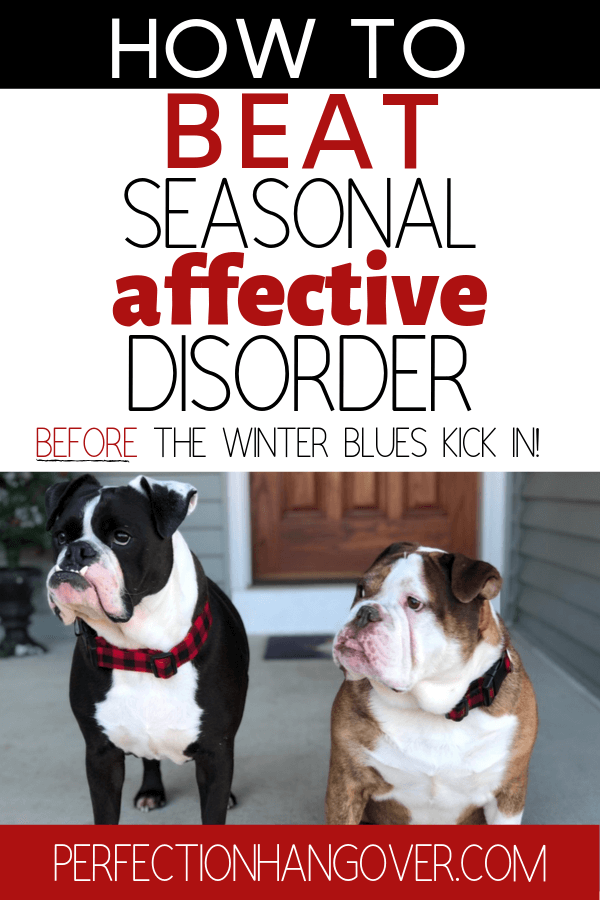
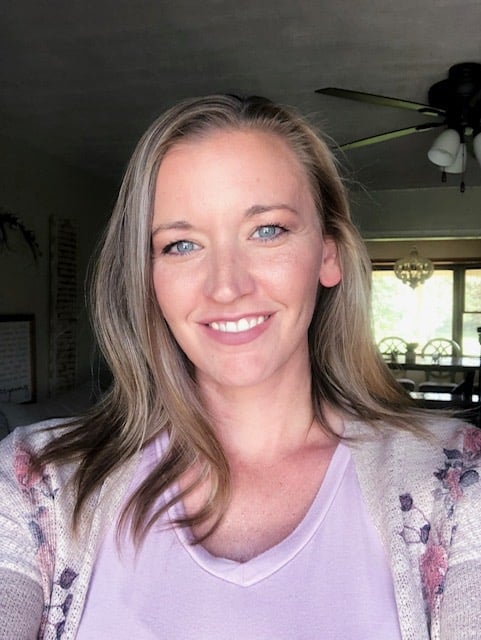
Life is a collection of memories and experiences. There are ups and downs. I am so grateful for God’s grace and am on the journey to a renewed spirit, free of perfectionism. Perfection Hangover offers the sober truth – no filter.
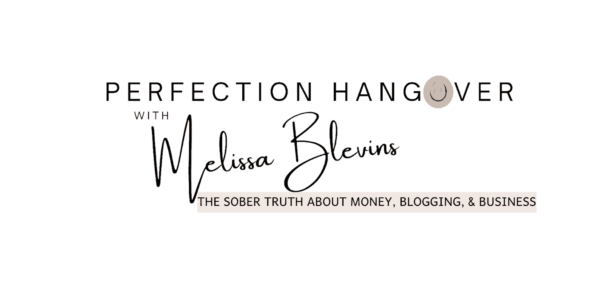

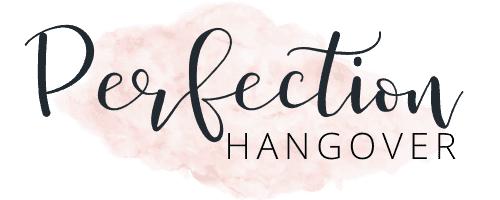
I actually use a Happy Light all the time since moving to the PNW last winter. It was really tough coming from Texas. We also have a wake up light alarm that simulates the sun rising as our alarm time approaches every morning. I love it. It makes bird sounds and is very bright. SAD doesn’t affect everybody. A lot of people I meet here say that they’re just used to it. It’s different when you’re born in another state and aren’t used to rainy days for weeks in a row.
Yes! All of this! I grew up in the Texas panhandle, so I totally get it! It’s so dreary in some areas, and it’s very hard to get used to!